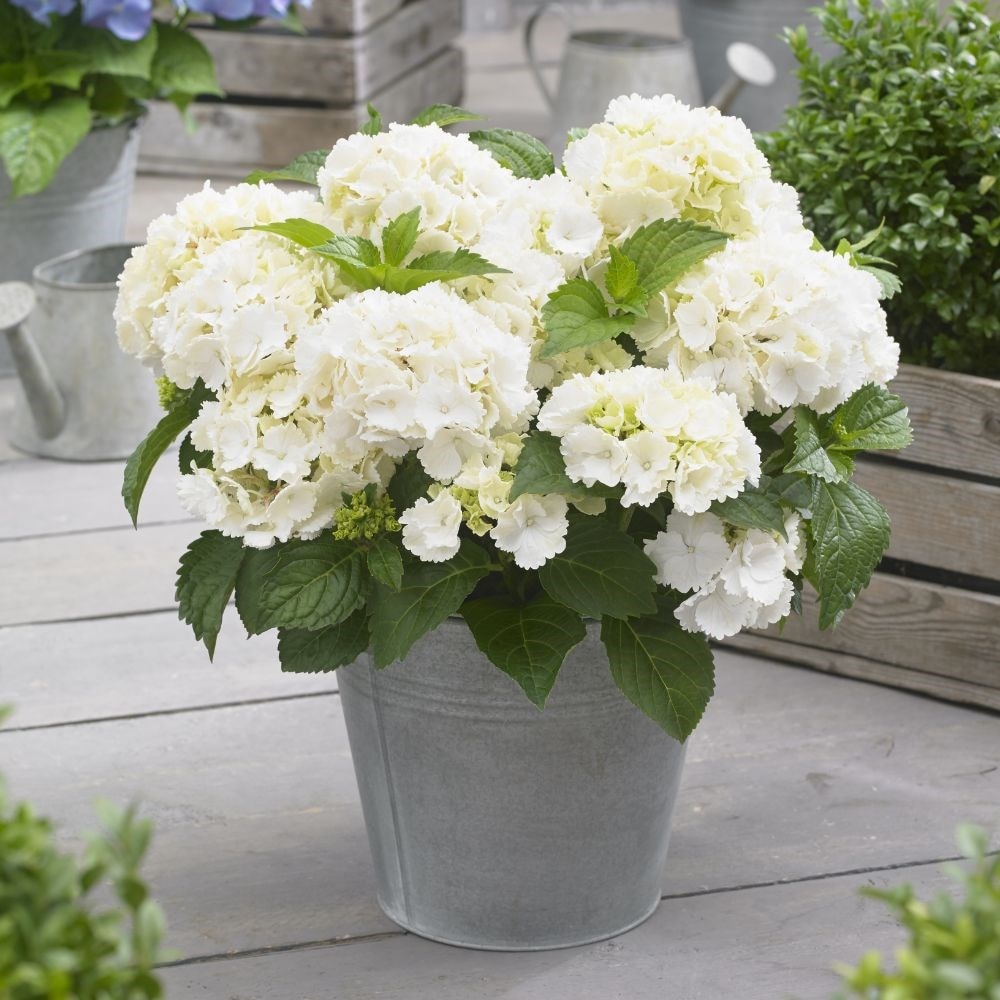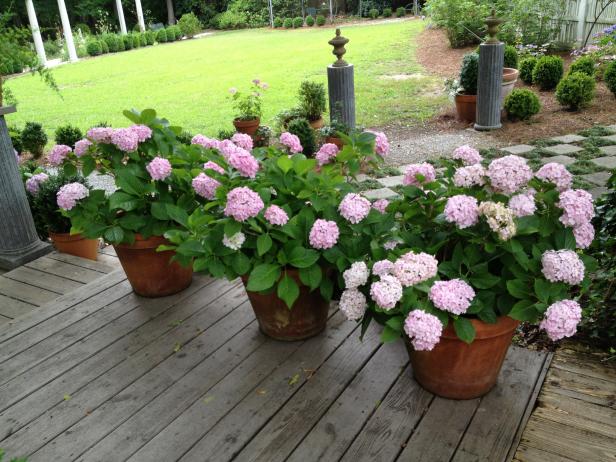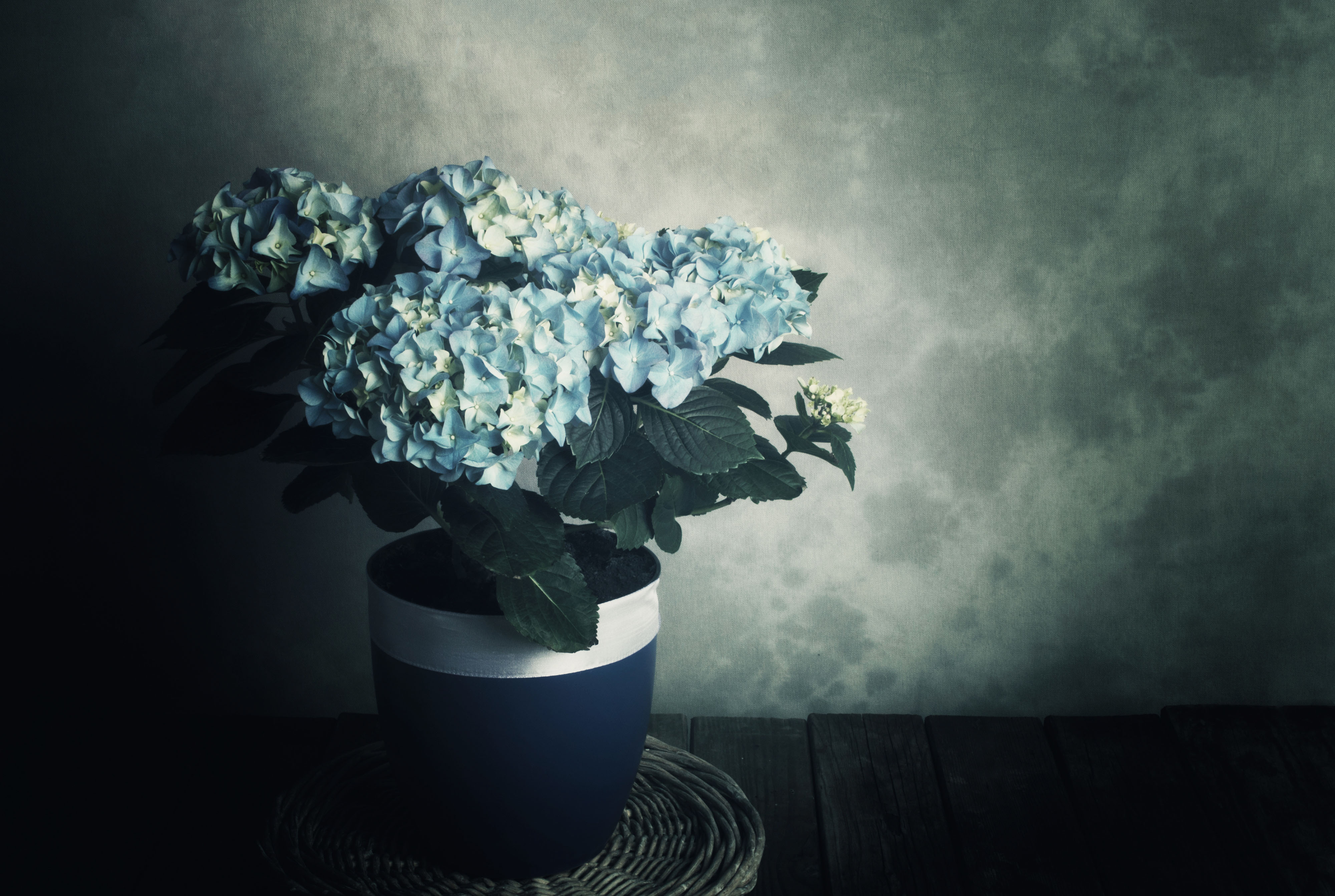How To Grow Hydrangeas Indoors For Spectacular Blooms
How to Grow Hydrangeas Indoors for Spectacular Blooms
Hydrangeas are beautiful flowering shrubs that are known for their large, showy blooms. While they are typically grown outdoors, it is possible to grow hydrangeas indoors as well. With proper care, you can enjoy these beautiful blooms all year long.
In this blog post, we will discuss the basics of growing hydrangeas indoors. We will cover topics such as choosing the right variety, providing the right light and water, and fertilizing your plant. We will also provide some tips on how to encourage your hydrangeas to bloom.
So, whether you are a beginner or an experienced gardener, read on for everything you need to know about growing hydrangeas indoors.
## Choosing the Right Variety
The first step to growing hydrangeas indoors is to choose the right variety. There are many different types of hydrangeas, and not all of them are well-suited for indoor growing. Some varieties, such as the mophead hydrangea, are more tolerant of indoor conditions than others.
When choosing a hydrangea variety for indoor growing, look for one that is small and compact. This will make it easier to find a spot for your plant in your home, and it will also help to prevent it from becoming too large.
You should also consider the color of the blooms when choosing a hydrangea variety. If you want your plant to bloom blue, you will need to choose a variety that is known for producing blue flowers. If you prefer pink flowers, you can choose a variety that is known for producing pink flowers.
## Providing the Right Light
Hydrangeas need bright, indirect light in order to flower. If you live in a sunny climate, you may be able to place your hydrangea plant in a south-facing window. However, if you live in a cooler climate, you may need to place your plant in an east- or west-facing window.
If you do not have any windows that provide bright, indirect light, you can use a grow light. Grow lights can be purchased at most garden centers. When using a grow light, place your hydrangea plant about 6 inches away from the light source.
## Providing the Right Water
Hydrangeas need to be kept moist, but they should not be overwatered. Water your hydrangea plant when the top inch of soil is dry to the touch. You may need to water your plant more often during the summer months when the air is drier.
It is important to use room-temperature water when watering your hydrangea plant. Cold water can shock the roots and cause the plant to wilt.
## Fertilizing Your Hydrangea Plant
Hydrangeas need to be fertilized regularly in order to produce blooms. You can fertilize your hydrangea plant with a balanced fertilizer once a month during the spring and summer months.
When fertilizing your hydrangea plant, be sure to follow the directions on the fertilizer label. Do not overfertilize your plant, as this can damage the roots.
## Encouraging Your Hydrangeas to Bloom
There are a few things you can do to encourage your hydrangeas to bloom. First, make sure you are providing your plant with the right light, water, and fertilizer. You should also prune your hydrangea plant in the spring to encourage new growth and blooms.
To prune your hydrangea plant, simply remove any dead, diseased, or damaged branches. You can also remove any branches that are crossing over each other or that are growing in the wrong direction.
If you live in a warm climate, you may need to bring your hydrangea plant indoors for the winter. This will help to protect your plant from the cold weather.
With proper care, you can enjoy beautiful hydrangea blooms all year long.
## Conclusion
Growing hydrangeas indoors can be a rewarding experience. With a little care and attention, you can enjoy these beautiful blooms for many years to come.
Here are a few additional tips for growing hydrangeas indoors:
- Use a pot with drainage holes to prevent the roots from sitting in water.
- Re-pot your hydrangea plant every two years to give it more space to grow.
- Mist your hydrangea plant regularly with water, especially during the winter months when the air is dry.
- Watch for pests and diseases, and treat them promptly if they occur.
With a little care and attention, you can grow beautiful hydrangeas indoors for years to come.
If you're thinking of adding a hydrangea to your indoor plant collection, you're in luck! Hydrangeas are relatively easy to care for indoors, and they can add a touch of elegance and beauty to any space. However, there are a few things you need to know in order to keep your hydrangea happy and healthy.
For starters, you'll need to choose the right variety of hydrangea for indoor growing. Some varieties, such as macrophylla hydrangeas, are better suited for indoor conditions than others. You'll also need to make sure that your hydrangea has a pot that is the right size and has drainage holes.
In terms of light, hydrangeas prefer bright, indirect sunlight. Too much direct sunlight can scorch their leaves. You'll also need to keep your hydrangea's soil moist, but not soggy. Water it regularly, and fertilize it every few weeks during the growing season.
If you follow these simple care tips, your hydrangea should thrive indoors for many years to come. For more information about growing hydrangeas in pots indoors, be sure to visit .
FAQ of hydrangea in pots indoors
- What are the best conditions for growing hydrangeas in pots indoors?
Hydrangeas need bright, indirect light for at least 4 hours per day. They also need moist, but not soggy, soil. The ideal temperature range is 60-70 degrees Fahrenheit. If you live in a cold climate, you may need to bring your hydrangea indoors during the winter.
- What type of soil do hydrangeas need?
Hydrangeas prefer a slightly acidic soil with a pH of 5.5-6.5. You can amend your potting soil with peat moss or compost to achieve the desired acidity level.
- How often should I water my hydrangea?
Water your hydrangea when the top inch of soil is dry. Be sure to water deeply so that the water reaches the roots. During hot, dry weather, you may need to water your hydrangea more often.
- How do I fertilize my hydrangea?
Fertilize your hydrangea once a month during the growing season (spring and summer) with a balanced fertilizer. You can use a liquid fertilizer or a slow-release fertilizer.
- How can I propagate hydrangeas?
Hydrangeas can be propagated by taking stem cuttings in the spring or summer. To do this, cut a 4-6 inch stem from the plant and remove the lower leaves. Dip the cutting in rooting hormone and plant it in a pot of moist potting mix. Keep the soil moist and the cutting in a warm, bright location. The cutting should root in 4-6 weeks.
Image of hydrangea in pots indoors
5 different images of hydrangea in pots indoors:
- A white hydrangea in a pot on a windowsill, with the sun shining through the leaves.

- A pink hydrangea in a pot on a coffee table, with a few books and a vase of flowers nearby.

- A blue hydrangea in a pot on a shelf, with a few other plants nearby.
- A mix of pink and blue hydrangeas in pots on a patio, with some of the flowers spilling out of the pots.

- A single hydrangea bloom in a pot, sitting on a table in front of a window.

Post a Comment for "How To Grow Hydrangeas Indoors For Spectacular Blooms"